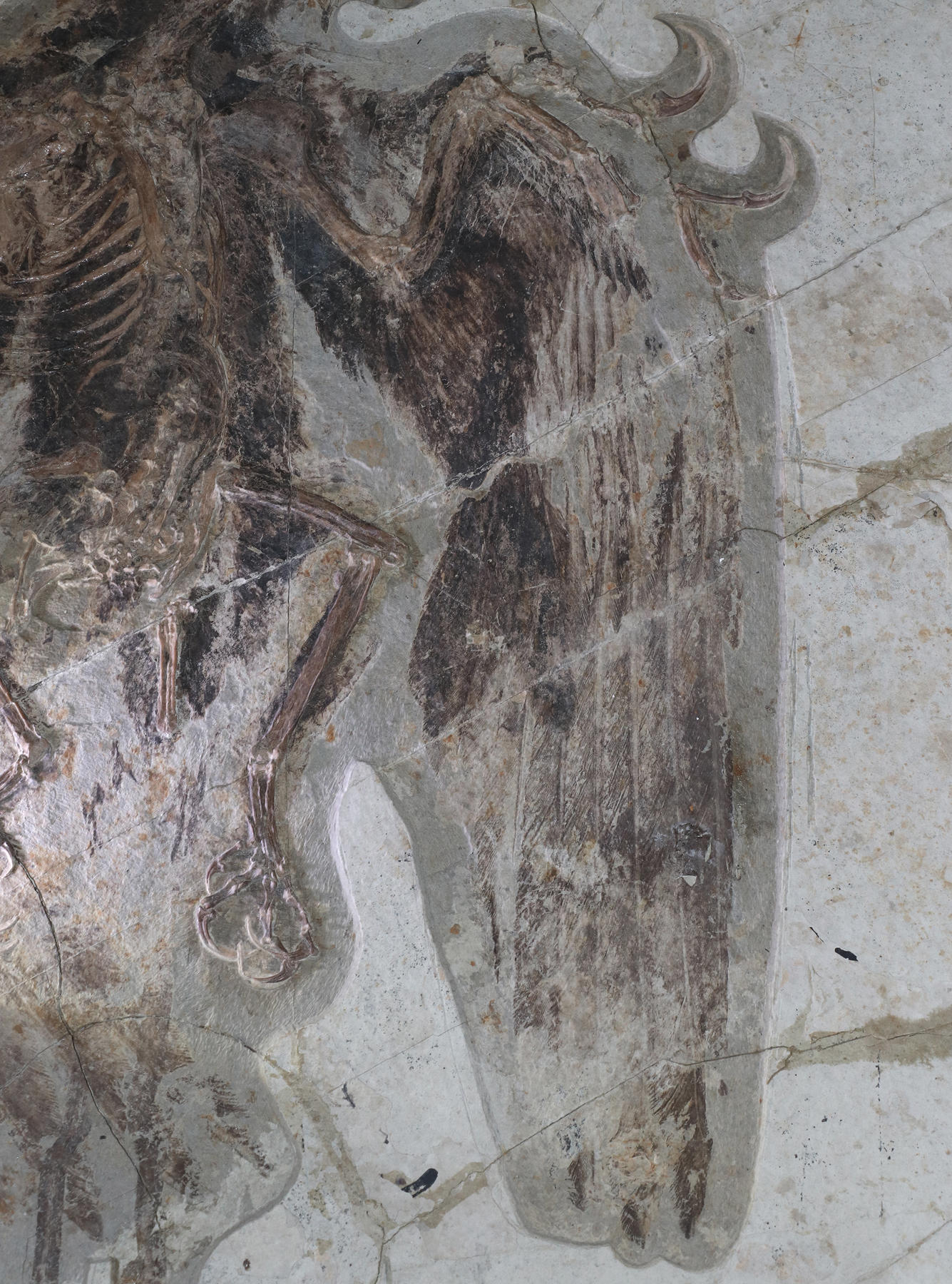How flightless birds shed light on the flight of their dinosaur ancestors
Published by Redbran,
Source: Proceedings of the National Academy of Sciences
Other Languages: FR, DE, ES, PT
Source: Proceedings of the National Academy of Sciences
Other Languages: FR, DE, ES, PT
Follow us on Google News (click on ☆)

Credit: Yosef Kiat
Researchers analyzed hundreds of birds preserved in museums, discovering that all flying birds share a simple rule: they have between 9 and 11 primary feathers on their wings. This finding suggests that the ability to fly evolved only once among dinosaurs, highlighting the importance of feathers in the evolutionary success of these species.
The study of feather morphology through the ages has helped distinguish birds from non-avian dinosaurs. For example, asymmetric feathers are a characteristic feature of birds capable of flight, while symmetric feathers are found in those that do not fly. By examining fossil specimens, researchers have been able to apply these criteria to deduce the flight capabilities of certain extinct species.
This research also underscores the importance of feathers not only for flight but for other functions such as thermal insulation or seduction, as was the case with dinosaurs like the Velociraptor, which, while feathered, was not capable of flight. The study of modern birds and fossils has allowed for the mapping of a complex evolutionary lineage, revealing how flight-related traits evolved over millions of years.
The implications of these discoveries extend far beyond merely understanding the evolution of flight. They offer new insights into how birds have adapted to diverse environments, retaining certain traits from their ancestors while developing new characteristics to meet their specific needs. These results enrich our understanding of the evolution from dinosaurs to birds, emphasizing the crucial role of flight and feathers in their evolutionary success.